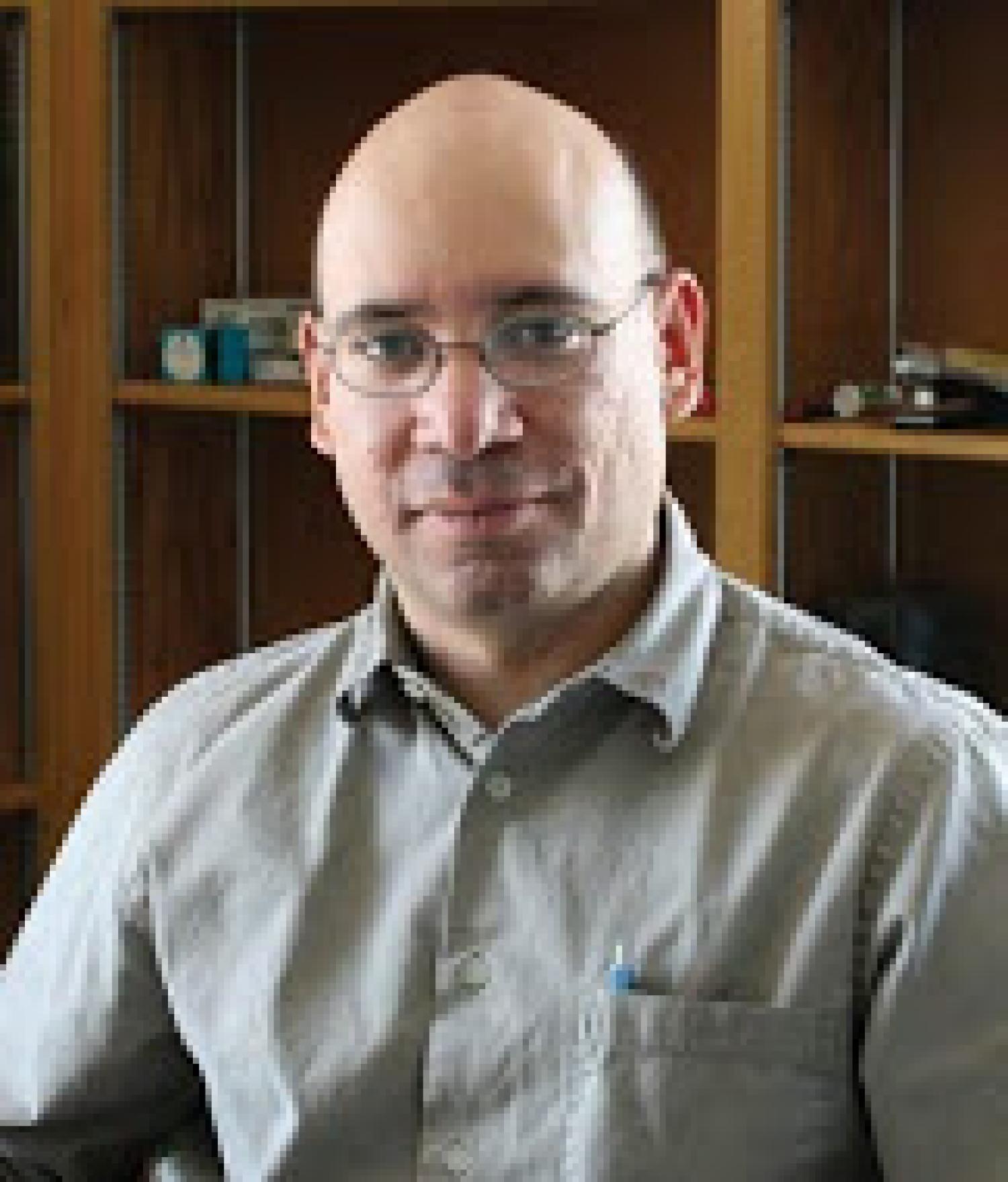Ralph Jimenez
- Professor Adjoint
- Institute Fellow, JILA
- CHEMISTRY
- JILA

Office: JILA A700
Lab: JILA B117,B119,B121
Lab Phone: 303-735-6148
Fax: 303-492-5235
Education
Ph.D.: University of Chicago, 1996
Postdoctoral Fellow: University of California, San Diego, 1997-1998
Senior Research Associate at The Scripps Research Institute, 1998-2003
Areas of Expertise
Spectroscopy, Quantum Science, Photophysics, Biophysics
Awards and Honors
Arthur S. Flemming Award 2017
U.S. Department of Commerce Gold Medal 2017
U.S. Department of Commerce Bronze Medal 2016
U.S. Department of Commerce Bronze Medal 2023
Quantum Spectroscopy
Our group is actively engaged at the interface of quantum optics with physical chemistry. In this research, we manipulate the properties of light at the single photon or few-photon level. By employing “quantum engineered” light for spectroscopy, we aim to harness the remarkable quantum mechanical properties such as entanglement, superposition, and coherence to increase the sensitivity and information content of spectroscopy. We are particularly interested in “real world” measurements on complex molecular and nano-materials systems in room temperature liquids, thin films, or crystals.
Photophysics of Fluorescent Proteins
The development of fluorescent proteins (FPs) as molecular probes has revolutionized our ability to study cellular processes with high spatial and temporal resolution. Yet, there are several limitations to FPs, including decreased brightness relative to traditional fluorophores, poor photostability, and complex photophysics. Our goal is to use spectroscopy-based approaches to develop FPs with dramatically improved properties for imaging and single molecule measurements in cells. We established a method for increasing the brightness of FPs with fluorescence-lifetime selections on genetic libraries. Our research reveal that favorable mutations reduce the amplitude of motions of the barrel structure and of individual residues at “flexible” positions. In addition, we are establishing a new machine-learning-based approach to understanding and improving photostability, which is the next challenge in the field of genetically encoded biomarkers. Note that little progress has been made in this area in the past >25 years.
S. Mukherjee, P. Manna, N. Douglas, P.P. Chapagain and R. Jimenez (2022) “Conformational dynamics of mCherry variants: a link between sidechain motions and fluorescence brightness” J. Phys Chem B,127, 52.
S. Mukherjee, P. Manna, S.T. Hung, F. Vietmeyer, P. Friis, A.E. Palmer, and R. Jimenez (2022) “Directed Evolution of a Bright Variant of mCherry: Suppression of Nonradiative Decay by Fluorescence Lifetime Selections,” J. Phys. Chem B. 126, 4659.
S. Mukherjee and R. Jimenez (2022) “Photophysical Engineering of Fluorescent Proteins: Accomplishments and Challenges of Physical Chemistry Strategies,” J. Phys. Chem B., 126, 735.
A. Mikhaylov, R.N. Wilson, K.M. Parzuchowski, M.D. Mazurek, C.H. Camp, M.J. Stevens, and R. Jimenez (2022) “Hot-band absorption can mimic entangled two-photon absorption,” J. Phys. Chem. Lett., 13, 1489.
K.M. Parzuchowski, A. Mikhaylov, M.D. Mazurek, R.N. Wilson, D.J. Lum, T. Gerrits, C.H. Camp, M.J. Stevens, and R. Jimenez (2021) “Setting Bounds on Entangled Two-Photon Absorption Cross Sections in Common Fluorophores,” Physical Review Applied, 15, 044012


